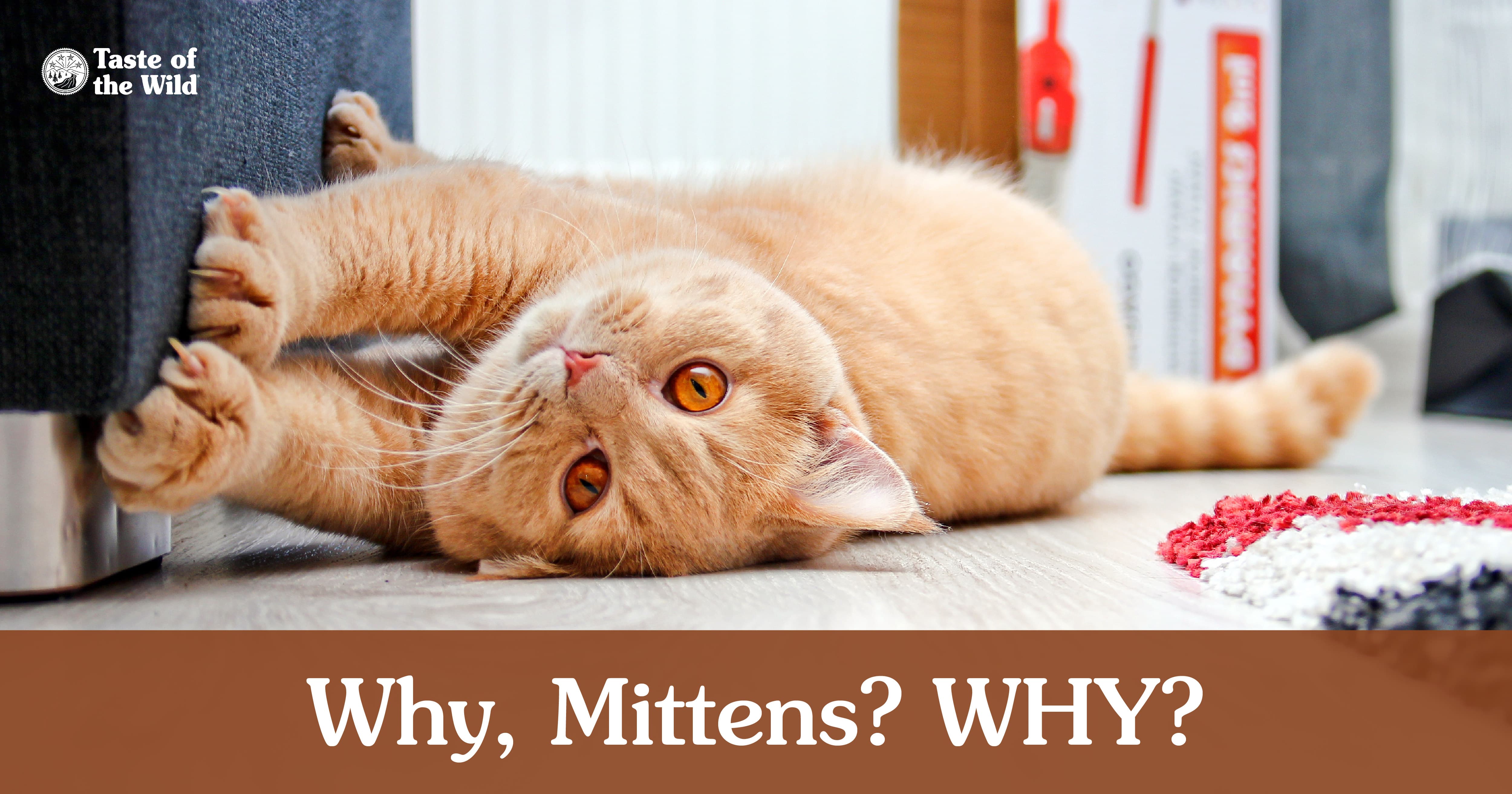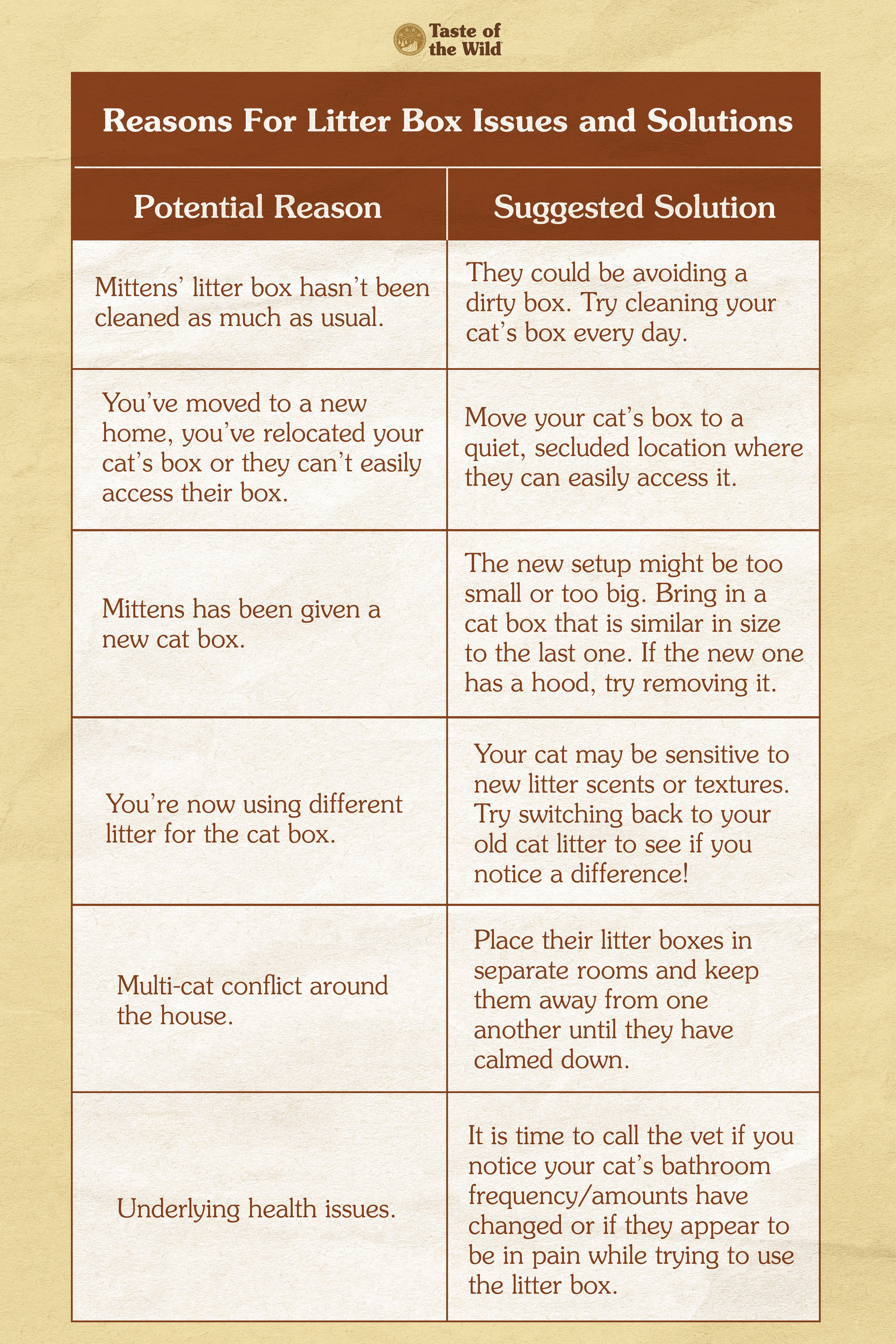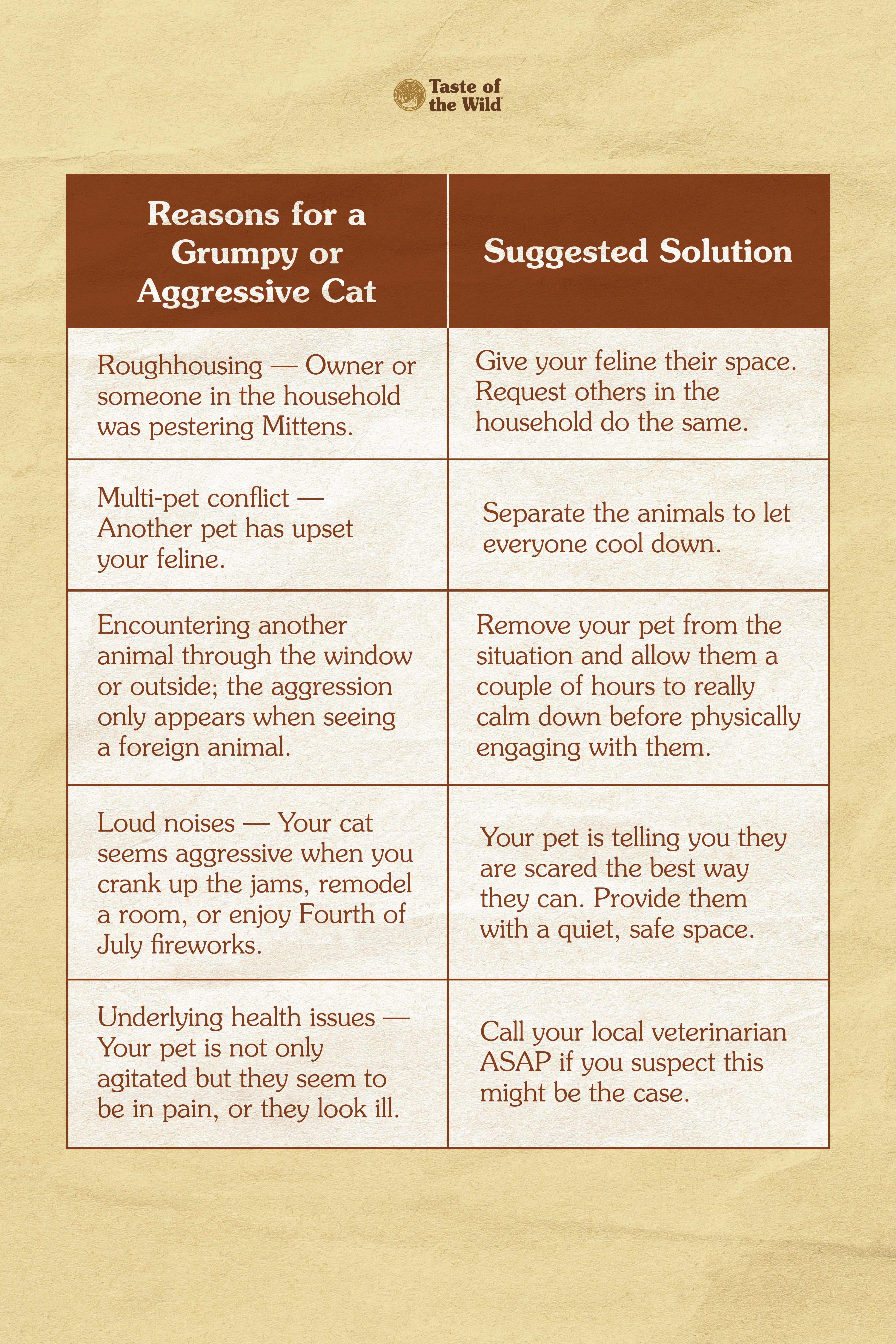
At some point, most cat owners deal with at least one of the following behaviors. Deal with any of them long enough, and you’ll be yearning to correct that cat behavior.
- Destructive scratching
- Litter box issues
- Aggression
- Climbing on countertops
Why do cats do the things they do? Well, cats aren’t people, and are often oblivious to what is or is not acceptable behavior by human standards. Kittens are still learning the ropes of how to cat, and older felines are holding onto learned behaviors. There’s a lot to declaw here, for them and you.
The good news is that no matter your cat’s age, with a little TLC, lots of patience and training you can help curb unwanted actions and redirect their attention. Here’s how to curb a few common cat behaviors.
Scratch That!
Cats have an instinctive urge to scratch. They’re not doing this to destroy your furniture. Your feline is scratching to express their emotions, mark an object, file their nails or get in a good stretch.
Help your cat “file” their nails by trimming their claws every ten days to two weeks. You can schedule a vet appointment or you can carefully trim them at home.
Provide your furry friend with sturdy scratching posts to help them express emotions or get in that good stretch without causing damage to furniture. Some cats prefer horizontal scratching posts while others prefer something more vertical. Keep their preferences in mind while finding the right scratching post for Mittens. When in doubt, provide one of each.
Place the scratching post near the object you’d like them to avoid. Then cover the spot they keep clawing on the furniture with double-sided sticky tape, furniture protectors or sandpaper as a deterrent. Each time they go to scratch the furniture, divert their attention to their new scratching post. Follow that up with paws-itive reinforcement to show them the desired behavior is appreciated.
Litter Box Woes
When cats choose to relieve themselves outside of the box, there could be a simple fix or it could indicate there’s a larger issue at hand. First, let’s examine potential internal or external factors. Do any of the following situations sound familiar?

Grumpy Cat Stand-In
Is your feline exuding grumpy cat vibes? Cats are not aggressive animals by nature, so let’s step back and look at the situation. If your cat’s body language seems relaxed and their ears are pointed forward as they get a bit aggressive, it’s likely that they’re just playing.
However, if they flatten their ears, show their teeth or puff up their fur, this is a sign they’re ready to fight. Do not try to physically engage an angry cat. They’re asking for their space. An angry cat could be the result of one of the following.

If you notice other unwanted behaviors, check to make sure Mittens has an appropriate number of outlets for playing, exercising, scratching and climbing. Sometimes, a tired kitty is a well-behaved kitty, and exercise can solve those problems all by itself. If all the options mentioned so far do not work, make a hissing noise or holler, “Ah, ah, ahhh” to get your cat’s attention. It’s not a long-term fix, but it can stop the behavior in the moment and allow you to divert their interest to a more desirable behavior and use positive reinforcements to let them know they’ve made the right choice.
Training your furry feline is not an overnight process, so don’t lose hope or commitment — especially if you have an older cat. They’re having to unlearn years of lived behavior.
RELATED POST: Is Your Cat Happy?
The information in this blog has been developed with our veterinarian and is designed to help educate pet parents. If you have questions or concerns about your pet's health or nutrition, please talk with your veterinarian.
